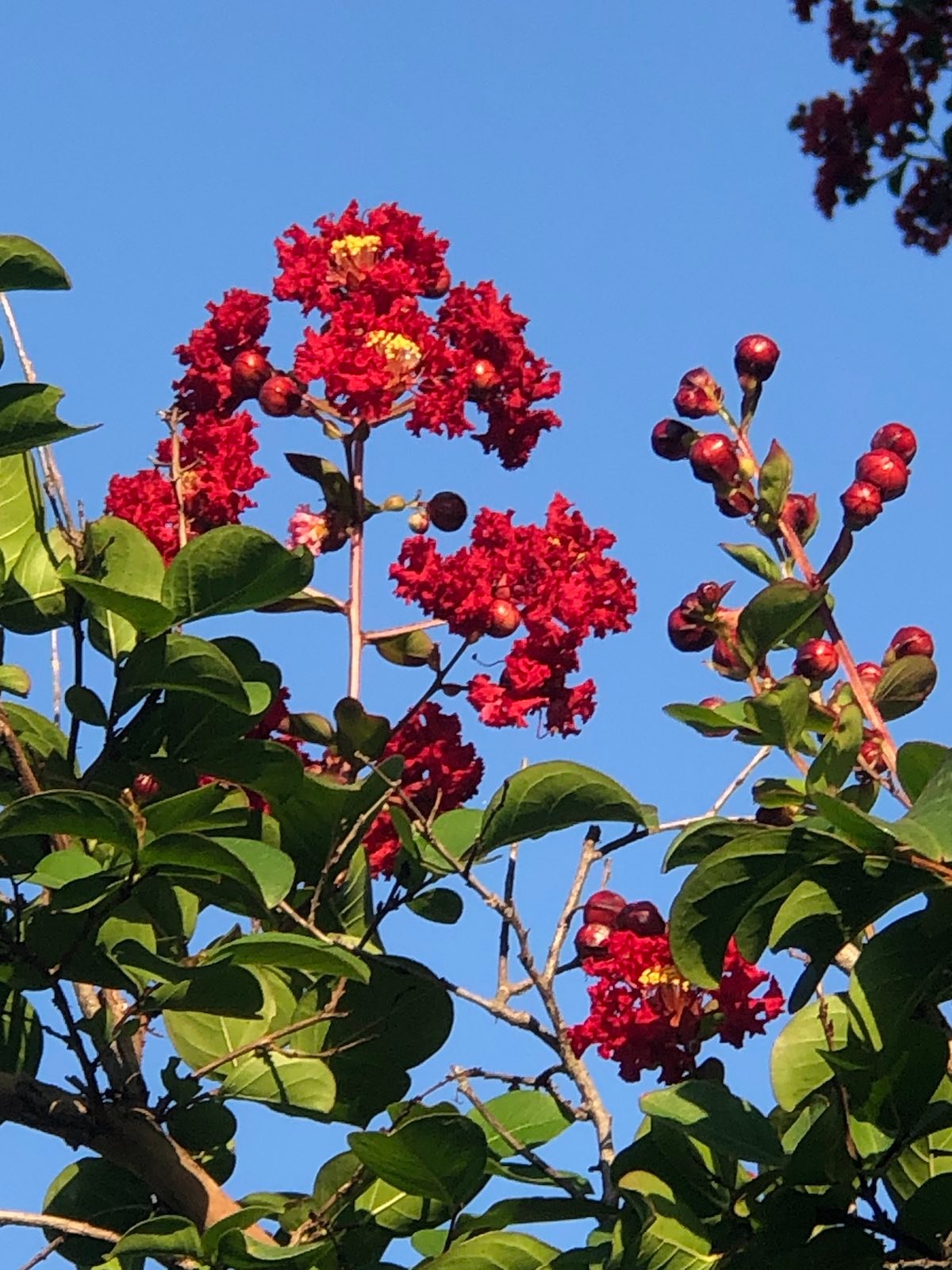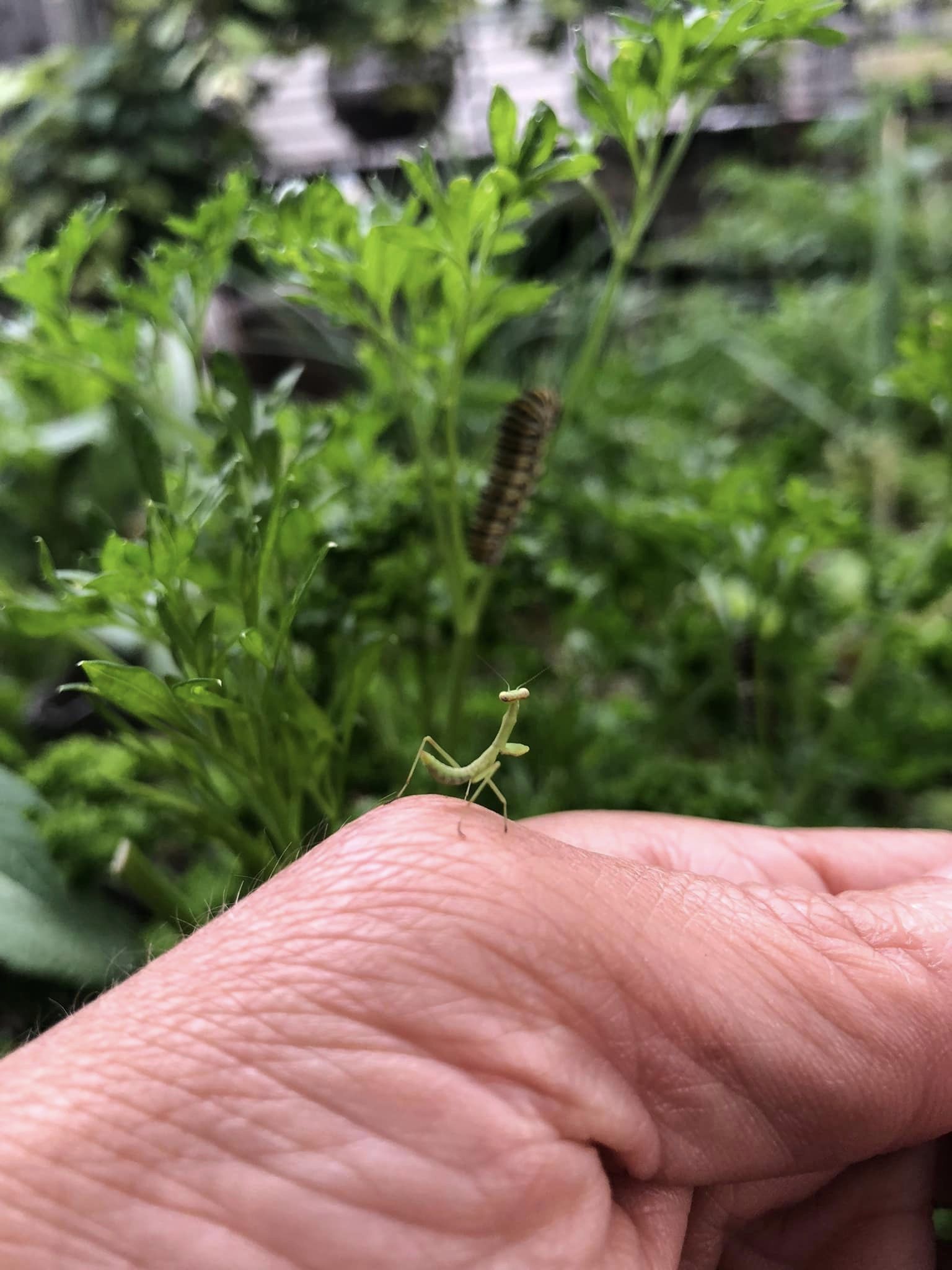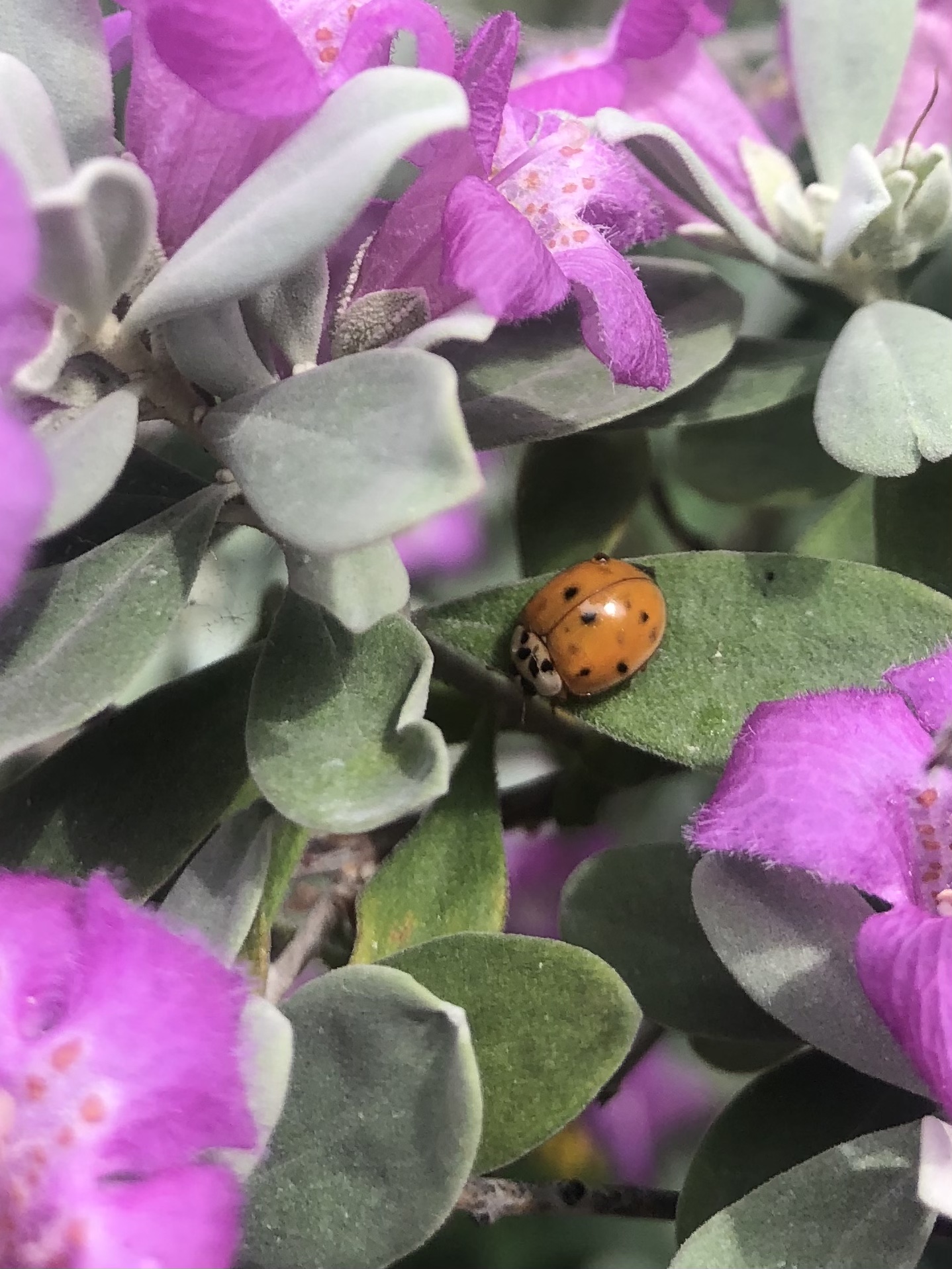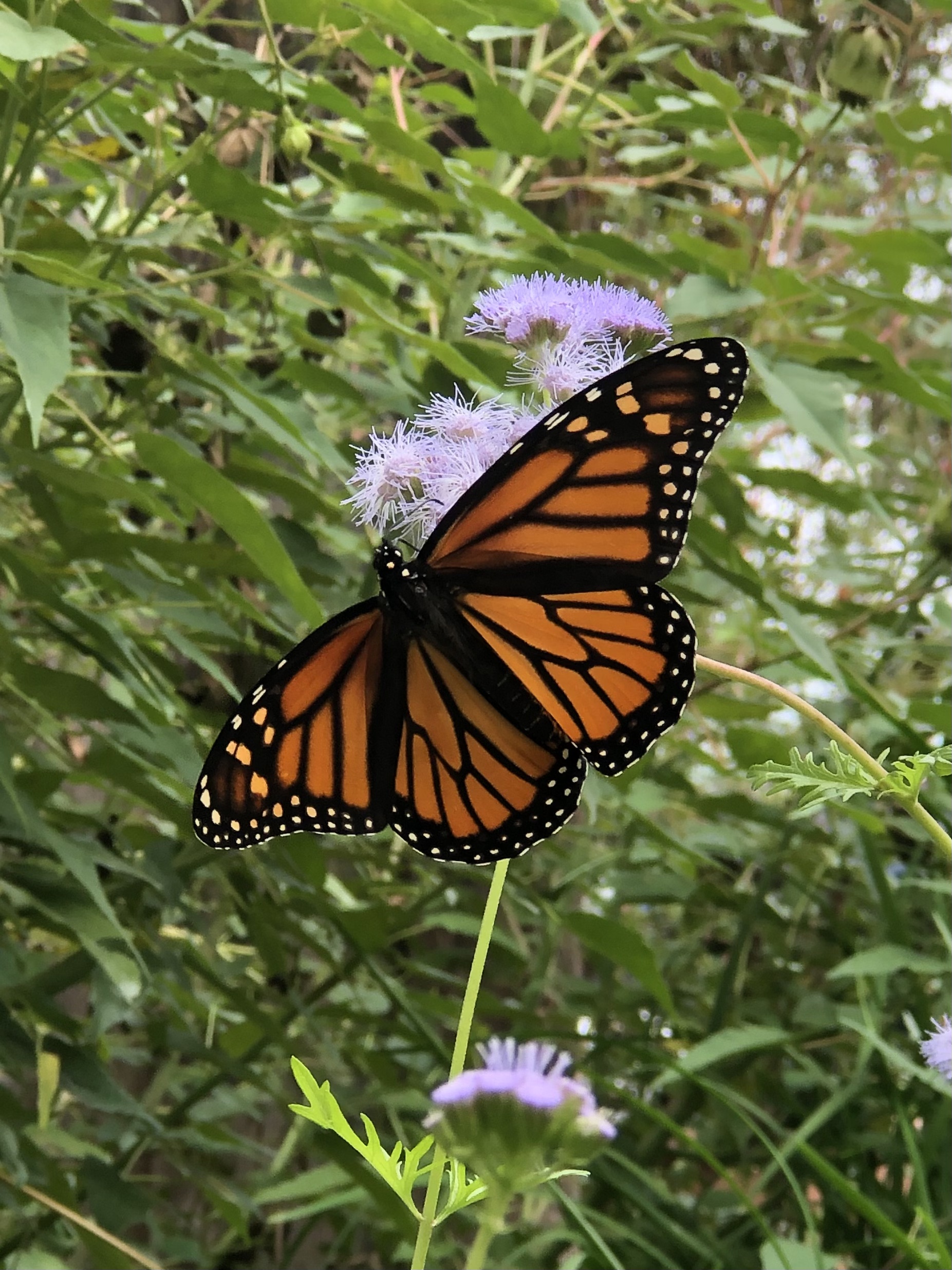 It’s hot. The rains have pretty much stopped for the summer. Hurrican Beryl brought some rain to the eastern portions of North Texas, but most of the DFW metroplex and points west missed out on that drenching. What’s left to do in the garden? Well there’s plenty to do, including planting some of our favorite heat-loving perennials and annual color. It’s time to pay close attention to your irrigation system if you have one and, if you don’t, make sure that you are hand watering at least every other day.
It’s hot. The rains have pretty much stopped for the summer. Hurrican Beryl brought some rain to the eastern portions of North Texas, but most of the DFW metroplex and points west missed out on that drenching. What’s left to do in the garden? Well there’s plenty to do, including planting some of our favorite heat-loving perennials and annual color. It’s time to pay close attention to your irrigation system if you have one and, if you don’t, make sure that you are hand watering at least every other day.
This is a wonderful time to select and plant your crape myrtles. They should be in bloom at your local nursery so it’s easy to pick out your favorite colors. The same applies to lantanas and other small blooming perennial shrubs. When planting these new additions it is absolutely crucial that they are deeply watered in, and that they continue to be deeply watered on a regular basis until they begin to become established. The worst thing you can do, and we see this a lot, is to spend a ton of money on pricey specimens like crape myrtles only to plop them into a hole in the ground and expect them to survive with little water and no support! Adding annual color such as purple fountain grass, purslane, and moss rose are a great way to get that additional “pop” of color to your garden beds.
July is the time for a second application of a pre-emergent to prevent weed growth. Along those same lines it is time to add another round of fertilizer. With more frequent watering, nutrients crucial to a healthy lawn can be diluted and washed away. For our most common clay soils we recommend an all nitrogen slow release granular fertilizer. Do NOT use a “weed and feed” as they can damage trees and shrubs. If new sod is what you need, this is prime time for installing bermuda, zoysia, st. augustine, and buffalo grass. When having new sod installed make absolutely sure to water it deeply twice a day for the next 2-3 weeks so that the roots can become established. Desiree Gardens can help program a proper watering schedule for your sprinkler system after we install your new lawn.
Speaking of sprinkler and irrigation systems, it seems every year around this time we begin to have severe watering restrictions that can be devastating to both lawns and gardens. For this reason we highly recommend drip irrigation which can be retrofit and installed in almost any garden or raised bed, or installed prior to the installation of new lawns. Drip systems are usually exempt from watering restrictions because they apply water directly to the soil and are much less susceptible to waste from evaporation or runoff. Drip systems are by far the most efficient way to water your garden, and can actually lower your water bill every month. When combined with a modern ET (evapotranspiration) controller such as a Rachio, Hunter Hydrawise, or even Irrigreen, we have seen customers reporting savings on their water bill of 50% to 70% compared to older controllers equipped with just a rain sensor and standard spray heads.
 July and August are the times that it is safe to trim your oak trees. Unlike most other trees and woody shrubs, oaks in North Texas should be pruned in the heat of summer. This is due to the prevalence of the oak wilt fungus, which is transmitted to open cuts by the nitidulid beetle, also known as the sap beetle. These beetles are attracted to the sap that is released from wounds on oak trees, but the fungus that these beetles transmit is much less active here in North Texas during the hot summer days of July and August. After pruning your oaks, all wounds and cuts should immediately be painted with a dedicated tree wound paint or, absent that, a latex based paint.
July and August are the times that it is safe to trim your oak trees. Unlike most other trees and woody shrubs, oaks in North Texas should be pruned in the heat of summer. This is due to the prevalence of the oak wilt fungus, which is transmitted to open cuts by the nitidulid beetle, also known as the sap beetle. These beetles are attracted to the sap that is released from wounds on oak trees, but the fungus that these beetles transmit is much less active here in North Texas during the hot summer days of July and August. After pruning your oaks, all wounds and cuts should immediately be painted with a dedicated tree wound paint or, absent that, a latex based paint.
Another tree pest to keep an eye out for is the emerald ash borer. This invasive pest is quite deadly to ash trees and there is no known treatment or cure once a tree is infested. Recently they have been discovered in Collin, Franklin, Red River, Grayson, Hill, Hood, McLennan, and Palo Pinto counties. This deadly pest has the potential to wipe out ash trees completely in North America. Transportation of any ash wood, whether firewood or trimmings is restricted from these counties, in addition to Dallas, Tarrant, Denton, and Parker counties which are already under quarantine.
Whatever your needs are, Desiree Gardens is always here to help. Whether you need plant installation, irrigation installation, repair, or maintenance, trimming, pruning, or maybe just a weekly or monthly maintenance plan we have what you need. Learn more at DesireeGardens.com
Like what you’re reading? Get information like this delivered straight to your email inbox by signing up here. We will never sell your information, and you can unsubscribe at any time.
As always, don’t forget to play in the dirt!











